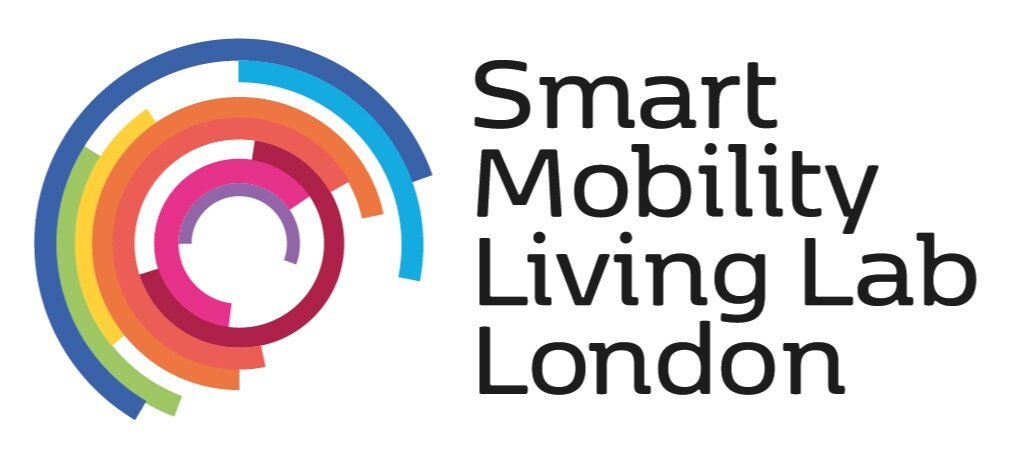Self-driving cars in the UK – how safe are they?
Interview with CAMILLA FOWLER, HEAD OF RISK MANAGEMENT AT TRL
The UK is on the cusp of a disruption which will affect practically every single person in it: automated vehicles. And while there are a lot of discussions about the technology amongst insiders, the realities of what this means or how we are going about it are still a mystery to your average citizen.
So, to get the low down on where we are, we spoke to Camilla Fowler, the Head of Risk Management at Transport Research Laboratory (TRL). TRL – The Future of Transport – is an independent, global body comprised of engineers, scientists, consultants and technical specialists. They work together to provide research, technology and software solutions to the surface transport problems facing the world.
TRL is currently running lead on the Smart Mobility Living Lab (SMLL) project. SMLL is formed of a consortium of world-leading firms – including Cisco, Cubic and DG Cities – that aims to innovate transportation networks and mobility in the UK, with the aim of ultimately bringing CAVs (connected automated vehicles) to fruition.
Fowler manages the operational risks associated with several automated vehicle trials, including SMLL, so we sat down with her to get some of the basics out of the way. We wanted to understand what the UK government is doing to make sure the nation is ready for the dawn of the self-driving car.
What’s TRL’s involvement with SMLL?
Camilla Fowler: We are there to make sure that whatever processes we put in place are proportionate to the level of risk posed by the technology. This is to ensure we’re not creating unnecessary barriers to testing.
What are some of the biggest misconceptions about driverless cars?
CF: The biggest misconception is that the moral dilemma of whether an artificial intelligence should be allowed to drive a car, needs to be solved prior to automated vehicles being accepted. Possible collision situations are a very rare event, even for human drivers. Those events will only become more limited when you consider that automated vehicles can detect static and dynamic obstacles at much further distances and are able to respond without the pressure and stress which a human is likely to experience in that scenario.
Will self-driving cars really make our roads safer?
CF: I think, ultimately, they are likely to make our roads safer. The biggest challenge is getting from where we are now to that state and doing so in safe manner. This means making sure that we have a consistent approach to safety and minimum safety requirements, all while ensuring there isn’t an increased level of risk on the network in the meantime.
How can the UK prepare for a driverless future?
CF: The UK needs to make sure that is has appropriate safety standards in place so that we have consistent vehicles and we have consistent terminology (so that when we talk about level 4, for example, people know we’re always referring to high automation vehicles).
This is so that road users and drivers can get into a vehicle and understand what it is they are experiencing. So, it’s about having minimum safety standards and compliance with those standards across the UK.
Is the environment or weather a factor to be considered?
CF: We need to make sure that we do regular assessments to make sure that we haven’t got white lines obscured or a particular feature covered up by foliage, for instance. So, yeah, there’re environmental factors as well.
CAV technology is moving at speed and the industry is ready to explore the benefits. Two-thirds (67%) of industry leaders believe CAVs will make British roads safer, and almost half (46%) cite safety as the main benefit that CAVs will bring when they hit our roads. At SMLL we want to be part of the journey towards a safer UK by helping to develop more intelligent, safe and joined up transport systems.
Read more about SMLL here.
